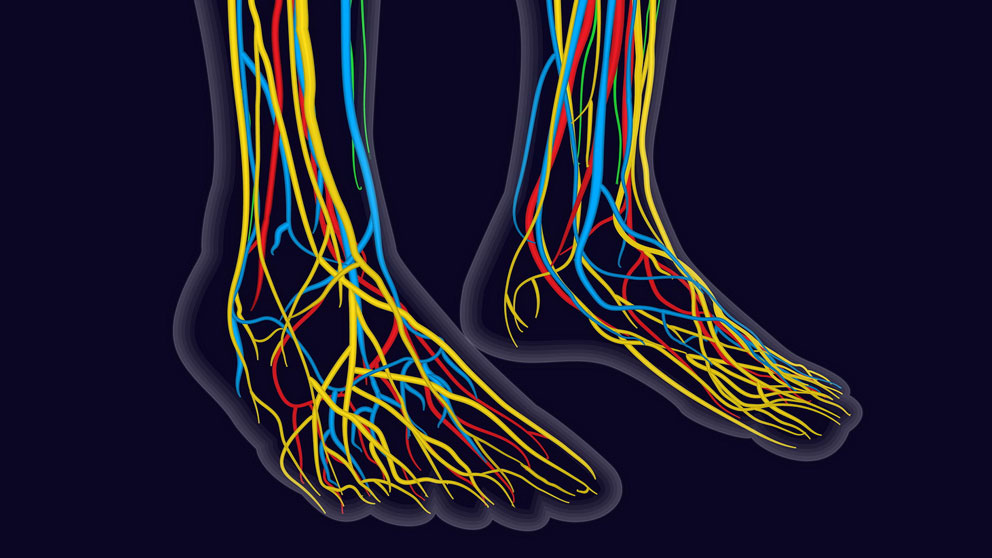
Charcot-Marie-Tooth disease (CMT) involves a progressive loss of peripheral nerve function, with resulting motor deficits. It particularly affects leg function, and fine motor deficits in the hands may also occur in the later stages of the disease. While severity and progression are widely variable, the more severe forms of CMT can significantly impair mobility. There is currently no treatment available.
There are two major classifications of CMT: type 1, in which the protective sheaths surrounding the nerve cells are damaged, and type 2, in which the nerve cells themselves are damaged. Mutations in an enzyme essential for protein synthesis, Glycyl-tRNA synthetase (GlyRS), are known to be associated with CMT type 2 (CMT2D). But it has remained a mystery why these mutations affect function only in peripheral nerves with long axons when GlyRS is present in every cell of the body.
A recent paper in Nature Communications reveals a mechanism that explains the apparent anomaly. A team led by Xiang-Lei Yang, Ph.D., of The Scripps Research Institute and including Rob Burgess, Ph.D.Studies the molecular mechanisms of synapse formation, development and maintenance in peripheral neuromuscular junctions and retina.JAX Professor Robert Burgess, Ph.D. , investigated an aberrant biochemical interaction involving mutated GlyRS and histone deacetylase 6 (HDAC6), a key regulator of microtubule assembly within cells. The interaction leads to HDAC6 gain-of-function, which impairs microtubule assembly and intracellular transport. Given that transport of signaling and structural elements is essential over relatively long distances in peripheral nerve axons, disruptions of these functions will have a greater effect in these cells than others. And the cells with the longest axons, such as in the legs, show the most significant degeneration in CMT2D.
The GlyRS-HDAC6 interaction is one of the multiple different CMT2D mechanisms associated with different GlyRS mutations. Nonetheless, in CMT2D cases with HDAC6 acting as a pathogenic factor, the study provides an intriguing target for for a subset of CMT patients.
Mo Z et al. Aberrant GlyRS-HDAC6 interaction linked to axonal transport deficits in Charcot-Marie-Tooth neuropathy. Nat Comm. doi:10.1038/s41467-018-03461-z